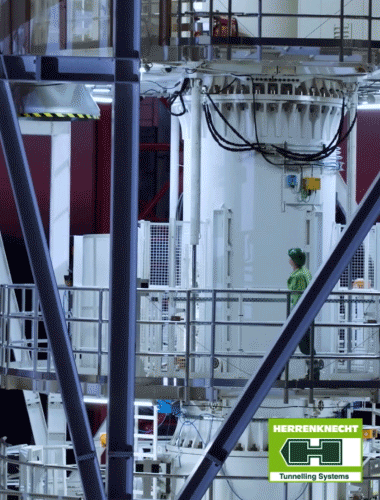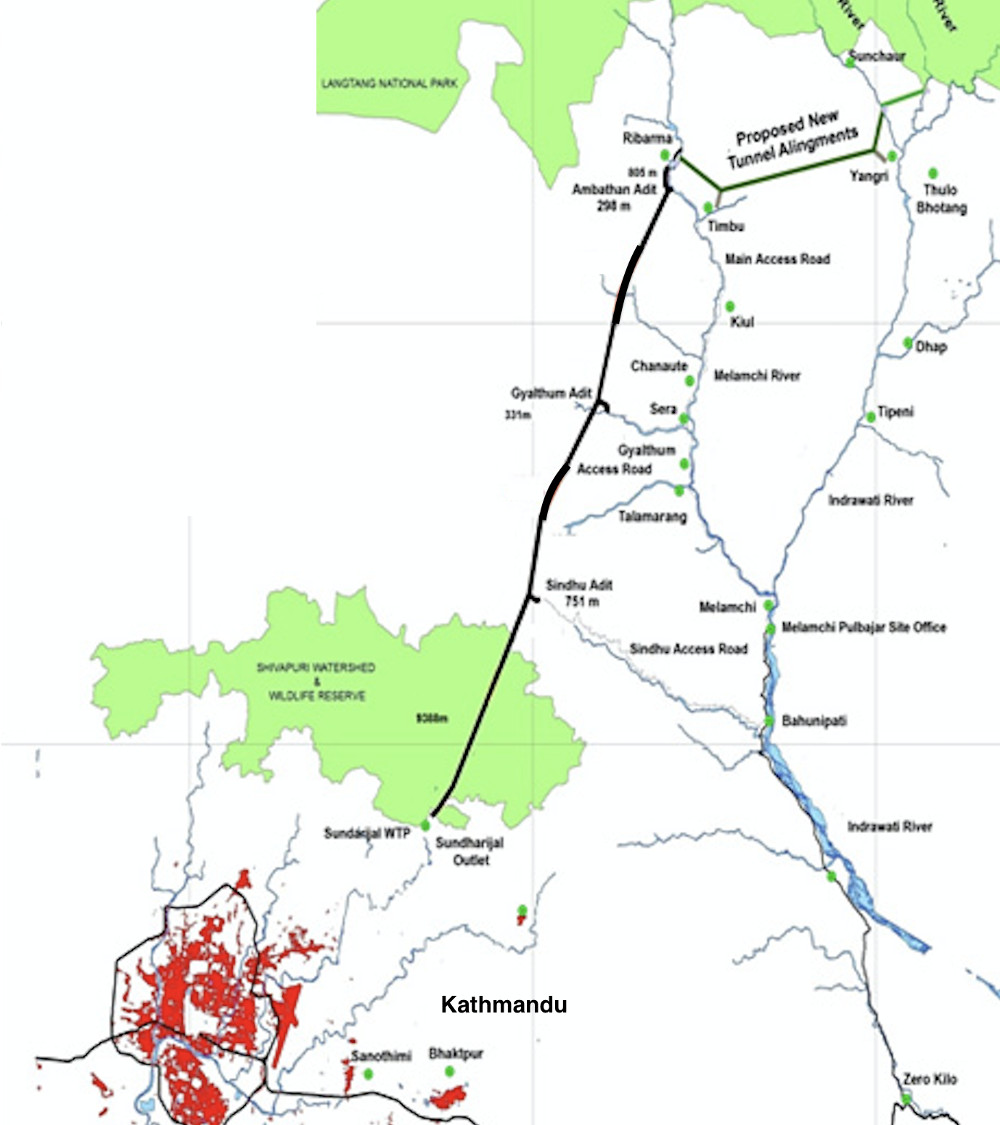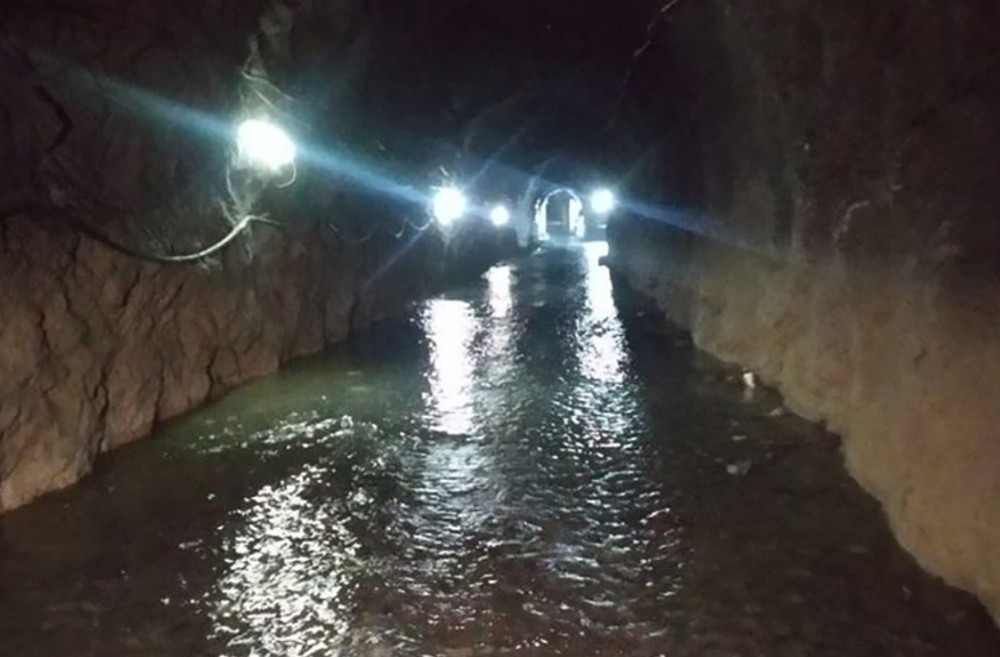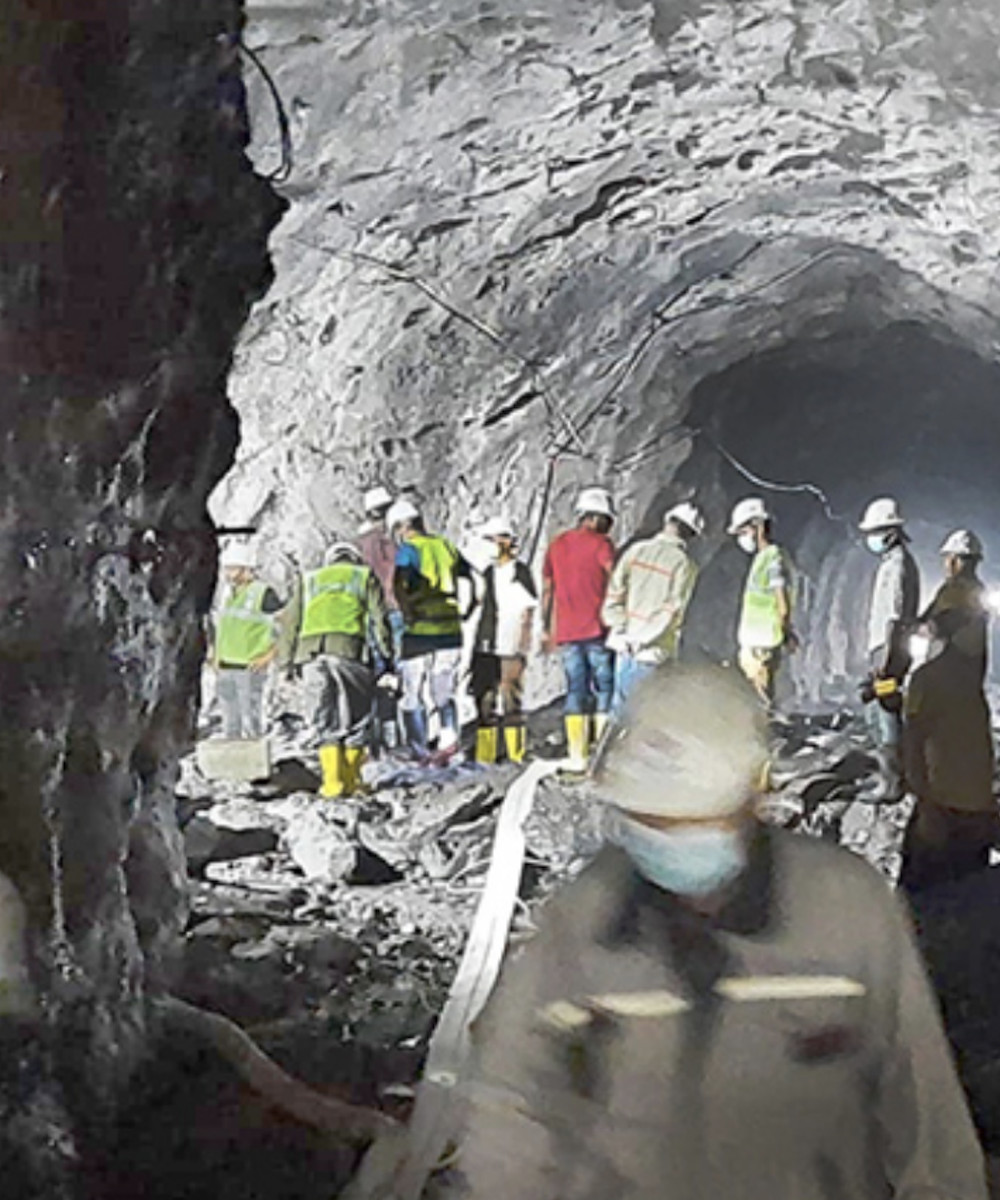Melamchi fatal watering-up gate failure 23 Jul 2020
The 27.5km long Melamchi raw water supply tunnel to bring fresh water to Kathmandu city in Nepal is close to being finished and inaugurated. Excavation is complete, the upstream run-of-the-river diversion weir and intake structure is about 70% complete and work is progressing at the downstream infrastructure on a sedimentation facility before directing raw water into a new treatment plant. The project aims to supply 170 million litres of fresh water/day to the capital city. Drill+blast excavation of the 27.5km long tunnel progressed, in addition to works at the portals, from 18.4m2 intermediate adits, the main ones at Ambathan, Gyalthum and Sindhu (Fig 1).
At this stage of progress, it was decided to water-up a limited section of the tunnel from the Melamchi River to the Ambathan adit, to test its hydraulics and operating mechanical equipment. The aim was to complete the long awaited and urgently needed project by the end of the year.
There are a total of 29 control gates for the operation of the water supply tunnel including five 12.5m2 adit bulkhead gates with a radial gate at the intake and a control gate at the downstream end. The gates for the project are designed, supplied and imported to Nepal and installed by a company from India. The project contractor, Sinohydro of China, completed the civil works associated with the installation of the gates including the rock support around the doors and the shotcrete support of the adit junction with the main tunnel. All the adit gates were closed ahead of the watering-up test.
On 5 July, Sinohydro released water into the tunnel via a temporary pipeline and the temporary dam erected on the Melamchi River to begin its filling.
On 14 July, Gate 17 at the end of the Ambathan adit failed, bursting open and allowing water in the tunnel to flood out in a torrent. At the time, four project workers in an inspection team – a project engineer for Sinohydro, a site engineer, a project worker and the driver of the pickup truck that drove the men into the adit – were coming back to the adit portal when the bulkhead gate failed. The men and the vehicle were swept out of the adit and into the Melamchi River. The site engineer and the project worker were rescued and taken to Kathmandu for treatment of severe head and body injuries. The project engineer and the driver lost their lives, their bodies being recovered from the river along with the crashed pickup truck. The body of the engineer was found and retrieved from the river a day later and several kilometres from the adit site.
In addition to information reported in local newspapers and media, TunnelTalk learned more about the project and the circumstances of the accident in a phone interview with Rajendra Punt, an information officer and Resident Engineer for the owner on the job site, and from other associated sources.
Gate 17 is at the end of the first adit from the upstream end of the waterway. The adit is about 800m from the intake portal of about 300m long. The waterway tunnel has a gentle gradient with a head of about 13m over the 27.5km of the tunnel. The tunnel is designed to run full and under pressure to operate the outlet pipe in the tunnel crown at the downstream end.
For the test, the tunnel was being filled at a rate of about 0.26 litres/sec, or about 20% of the designed inflow at the intake during inaugurated operation. At this rate, it would have taken an expected 15 to 20 days to fill. The accident at Gate 17 occurred on day nine. The tunnel invert is undulating and with an uneven fill, the water was still yet to arrive at the additional downstream adits.
Local media reports quote General Secretary of the Ministry of Water Supply, Ramakant Dawadi, that the accident was caused due to error in the knot bolts used to lock the adit bulkhead door. He is quoted as stating that: "The door had been tightened with 30 knot bolts. The knot bolts got slipped due to the water pressure, which unbolted the door."
At the time of the accident, the Ambathan gate had about 2m of static water head and about 1.6 bar or about 16m of pressure measured as acting on the door. The gate is designed for 50m of water pressure.
A main reason for the failure of the gate is that it is known that the door opened into the adit, rather than into the main waterway. Had it been installed to open into the waterway, it would have been self-locked by the water pressure. The water pressure instead pushed the adit door open. Failure of the rock around the gate mount is not suspected or known at present as being contributory to the failure.
It is not know if the filling or the rapid emptying of the tunnel has caused any structural damage to the tunnel and its rock support. The tunnel is designed as a lined tunnel with rockbolts and shotcrete for immediate support and with 35cm of shotcrete final lining where specified by the design. Reaches in good quality rock classification 1, 2 and 3 remaining unlined.
An investigation committee has been convened by General Secretary Dawadi to investigate further technical reasons behind the accident.
References
- Urgent infrastructure needs in Nepal – TunnelTalk, November 2018
- Nepal proving TBM applicability in Himalayas – TunnelTalk, February 2019
|
|
|
|
|
Add your comment
- Thank you for taking the time to share your thoughts and comments. You share in the wider tunnelling community, so please keep your comments smart and civil. Don't attack other readers personally, and keep your language professional.






